Spring is my most frantic time in the garden, exacerbated this year by the need to catch up with all the jobs I neglected since I started writing. The raised beds I made with supposedly preserved timber ten years ago had rotted, so I replaced some with old slate tiles , some with excess breezeblocks from the greenhouse project, and some with bits of feather-board from a previous project.
I planted the greenhouse bed up, and plants are growing reasonably well. My misgivings about the light levels due to shading have been confirmed, though, and everything looks a little wan and etiolated. One melon died, which was annoying. I have had some beans and some courgettes.
The Balcony Yellow tomatoes are the right size for pots and baskets, being compact and sturdy plants. The Maskota are supposed to be suitable for tubs, but are laxer and tend to sprawl. They do have the advantage over many tomatoes of being bush rather than cordon. This means I don't have to pick out sideshoots, a job I often neglect.
I have had a few mangetout peas from a tub. The courgettes are doing well enough in the tubs, but we’ll see low long the season lasts. I have had one or two wild strawberries (ie wild British native, not alpine). These produce runners and look rather dainty when trailing down.
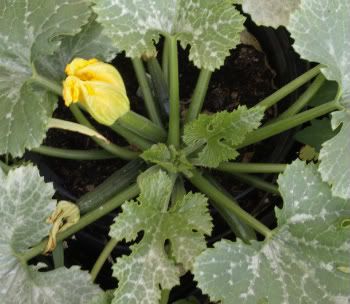
I had a problem with the banana plants. There were encroaching on the miniature railway, and there would have been serious sulks if they had broken up the track bed, so I had to move them. I won’t go into detail as I might try an article about them, moving them etc. Suffice to say it was very, very hard work.
I decided the Spanish Bluebells have to go, the thugs. I much prefer the English bluebell anyway, and these invaders have been quietly taking over my garden. I had intended to plant some of my agapanthus in their stead, but they proved so awkward to dig up I’m not entirely sure I’ve got them all. So I put membrane down and put the agapanthus in pots on top. Agapanthus do well in pots, some say they flower better, but here they do well in the soil as well. A major advantage of pots in colder areas is you can move them into shelter.
A serious problem with Spanish Bluebells is they readily hybridise with English bluyebells, causing crosses and genetic contamination. I boutght some English bulbs once, but when they came up they were obviously hybrids. I wasn’t best pleased because I already had Spanish plus hybrids.
English bluebells are a darker, inky colour, and flop over daintily at the top. Spanish bluebells are very pretty but don’t have the delicacy or that wonderful blue haze. I remember seeing Scottish hillsides covered in them, and in Wales the hedgerows are dotted with that intense blue. I don’t trust any bluebells local to me to not be contaminated, which is a shame. I will leave the “English types” in my garden, knowing they’re probably not pure.
Here are a couple of photographs comparing the two (Not my best photos, but please don’t steal them. If you want to use them please ask.)
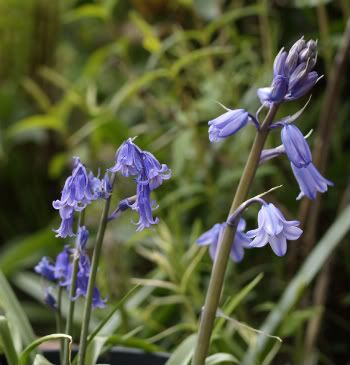
Note the colour of the anthers.
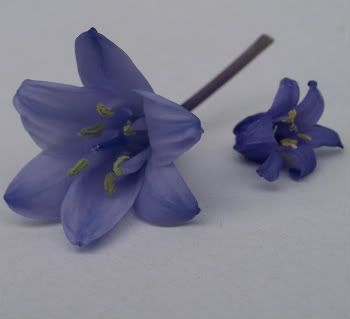
I had intended to go to the woods to capture some bluebell images. I went to Wickham Place Farm instead, because I wanted to photograph Judith’s amazing wisterias. Alas, a late frost had done for the wisteria blooms, but the bluebells were lovely.
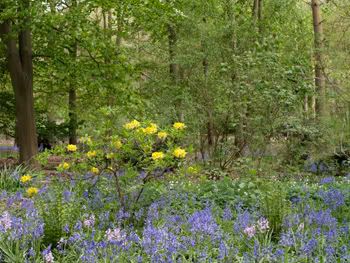
The parts of my olive tree which had leaves on in the winter have died, but it’s sprouting further down. So much for my careful cultivation of a pompom shape. Another ball which I lost was the myrtle, which burned in the heavy frosts and snow. I cut it hard back and then nothing happened. I thought I had lost it, but it has started to sprout. Hopefully it will be hardened off come winter.
One of the problems with the past winter was that everything was still growing in the mild autumn and when it suddenly turned cold a lot of growth was too soft to cope.
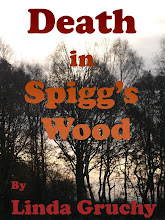
No comments:
Post a Comment